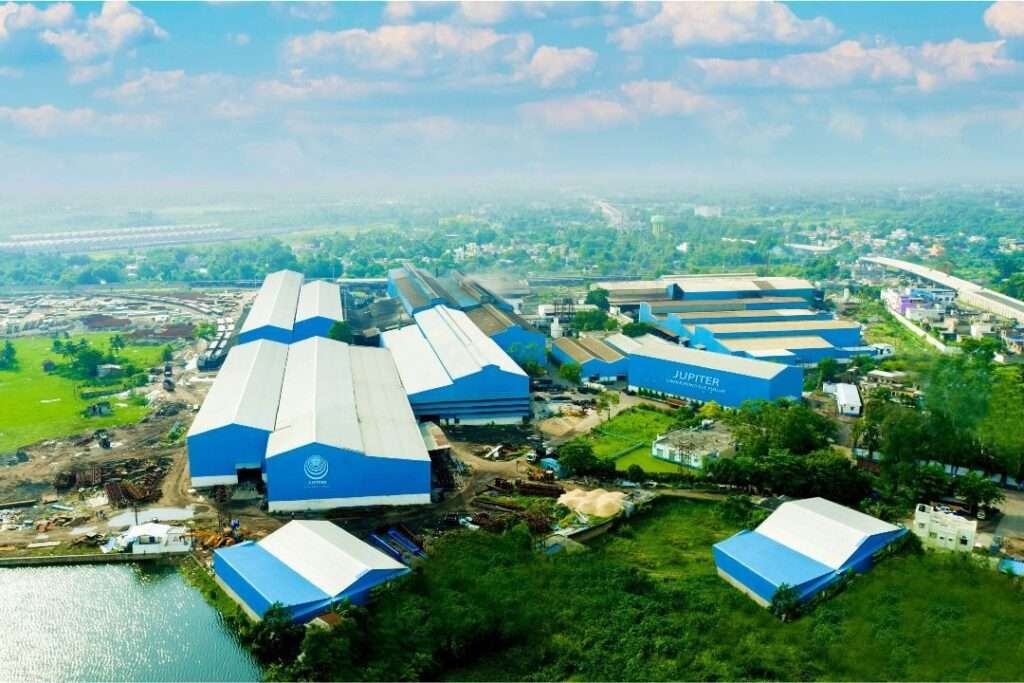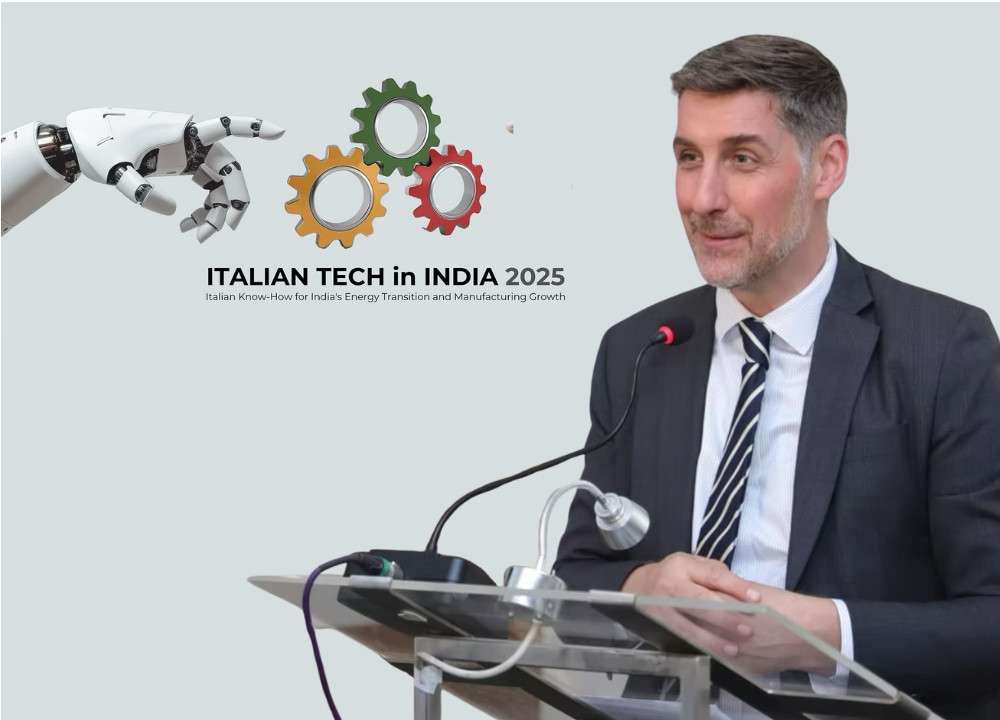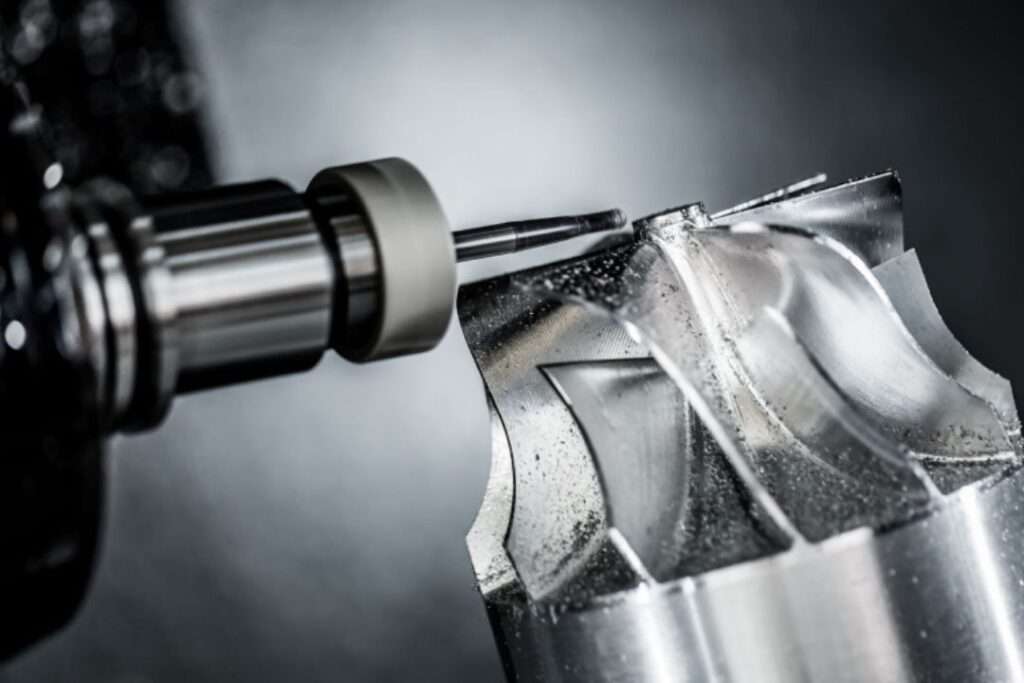- To commemorate the achievement of Pokhran II, the Government of India declared May 11 as National Technology Day
- Pokhran-II has been a beacon of technological development, trumpet India as a nuclear weapon state, and India as a responsible state for its non-proliferation record
- Dedicated programmes such as ‘Make in India’ and ‘Atmanirbhar Bharat’ is powering India as a Global Manufacturing Hub
The colossal importance behind the celebration of National Technology Day on May 11 can be traced back to the successful detonation of Operation Shakti nuclear missile in the Pokhran Test Range in 1998. The test bore first fruitful results 24 years after the debatable success of Operation Smiling Buddha carried out in 1974. May 11 firmly cemented India’s stature as an emerging nuclear power hub decades after China catapulted a 16-kiloton bomb and entered the nuclear-armed state category.
 Pokhran-II has been a beacon of technological development that achieved its three objectives—to substantiate the credibility of designs that executed the nuclear deterrent, trumpet India as a nuclear weapon state, and generate global acceptance of India as a responsible state for its non-proliferation record.
Pokhran-II has been a beacon of technological development that achieved its three objectives—to substantiate the credibility of designs that executed the nuclear deterrent, trumpet India as a nuclear weapon state, and generate global acceptance of India as a responsible state for its non-proliferation record.
On May 11 and 13, a nuclear test that set off five nuclear devices in a test site in Rajasthan was led by late President APJ Abdul Kalam who was at the helm of implementing the series of nuclear tests. Kalam, with a specialization in aeronautical engineering from the Madras Institute of Technology and in 1958 joined the Defence Research and worked as a scientist at Defence Research and Development Organisation, was serving as the Scientific Adviser to Defence Minister and Secretary. Besides Kalam, other dignitaries involved as Project Chief Coordinators are Dr. R. Chidambaram, Chairperson of Atomic Energy Commission and Department of Atomic Energy; Dr. K. Santhanam, Director, Test Site Preparations; and Dr. Anil Kakodkar, Director, Bhabha Atomic Research Centre.
Hailed as a culmination of then-President Atal Bihari Vajpayee’s commitment to developing nuclear research in India, the event of May 11 was a cornerstone of Vajpayee’s reign as a leader capable of skyrocketing India’s technological advancements in nuclear power and make it the next superpower.
Pokhran-II amassed national and global recognition surpassing the initial threats and speculations of a tsunami, safety of workers, damage to the environment, high radiations, and toxins from core melt as its immediate repercussions. The May 11 operation helped India bag the landmark status of a nuclear state—the sixth country to join the Nuclear –Weapon States (NWS). Pokhran-II tests had simultaneously affirmed Kalam as the “Missile Man of India” who took to Twitter on May 11, "Today, I remember the hot day of 1998 at Pokhran: 53C. When most of the world was sleeping; India's nuclear era emerged." Pokhran II undoubtedly had metamorphosed India’s image, reconciled its favorable relationship with the United States, and placed it on an equal footing with the global nuclear powers of the world.
Further, the government of A B Vajpayee had been openly verbose about deploying nuclear weapons to preserve the security, sovereignty, and integrity of the country was amplified by the tests. In 'Weapons of Peace: The Secret Story of India's Quest to be a Nuclear Power' by Raj Chengappa, the esteemed Editorial Director of India Today Group had written how the consecutive detonation went down in history as one of the CIA’s infamous intelligence failures.
 The significance of the day is assuredly rooted in the technological advancements nurtured in India. To commemorate the achievement and preserve it in the annals of time, the Government of India declared May 11 as National Technology Day, and rightly so.
The significance of the day is assuredly rooted in the technological advancements nurtured in India. To commemorate the achievement and preserve it in the annals of time, the Government of India declared May 11 as National Technology Day, and rightly so.
But the significance of The National Technology Day goes much beyond this limit to celebrate India’s relentless march in technological advancements and scientific innovations in other areas as well.
The manufacturing sector worldwide certainly earns its place of distinction for adopting technological development with disruptive technologies such as digitalization, automation, Robotics, Machine Learning, Big Data, Industrial Internet of Things, Smart manufacturing, etc. leading to the age of Industry 4.0
Indian manufacturing is replete with growth opportunities and the government has rightly identified and streamlined this potential with dedicated programs such as ‘Make in India’ and ‘Atmanirbhar Bharat’. The influx of the right technology is the only way forward to take Indian manufacturing to new heights helping it realize its true potential.








